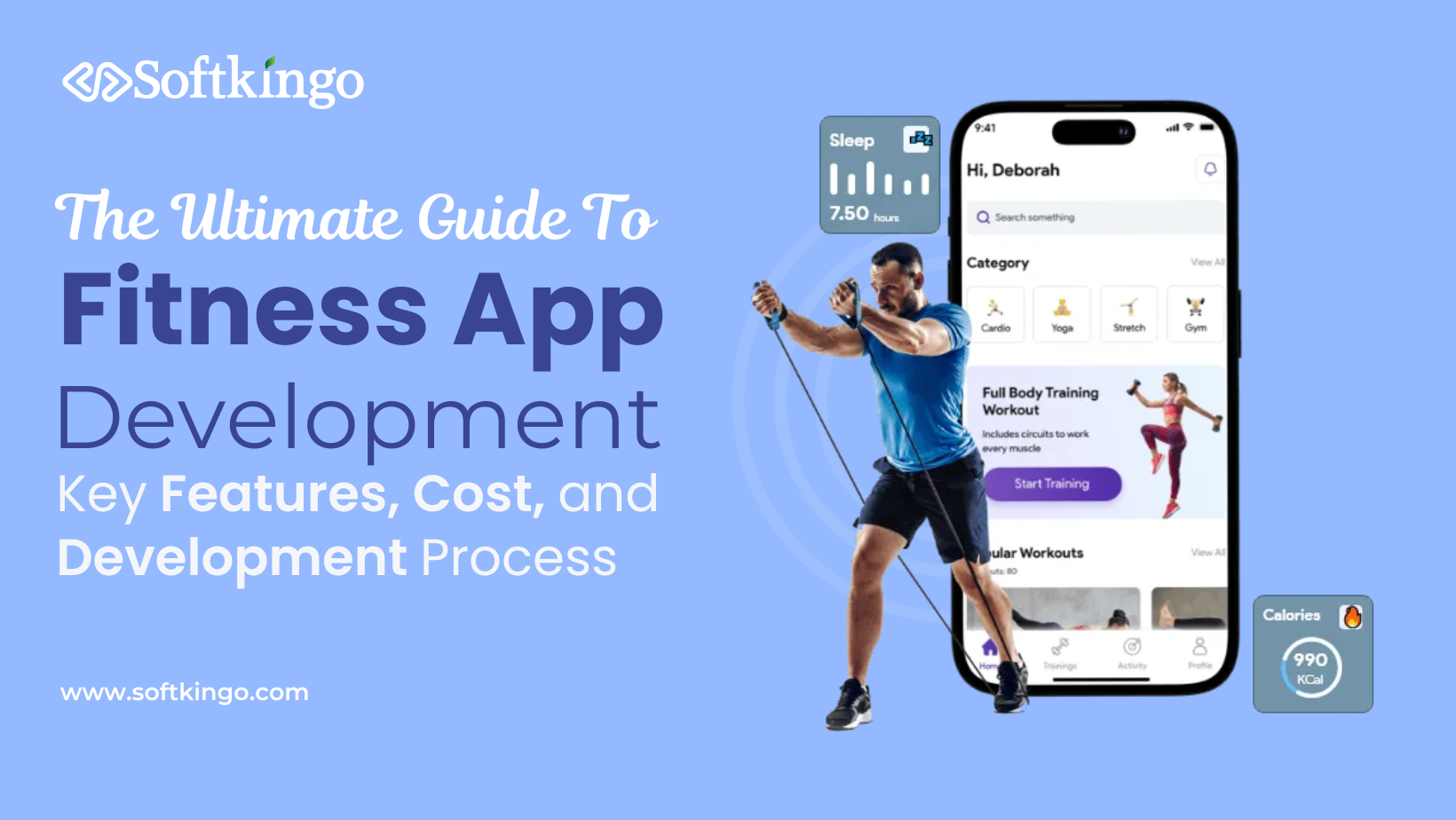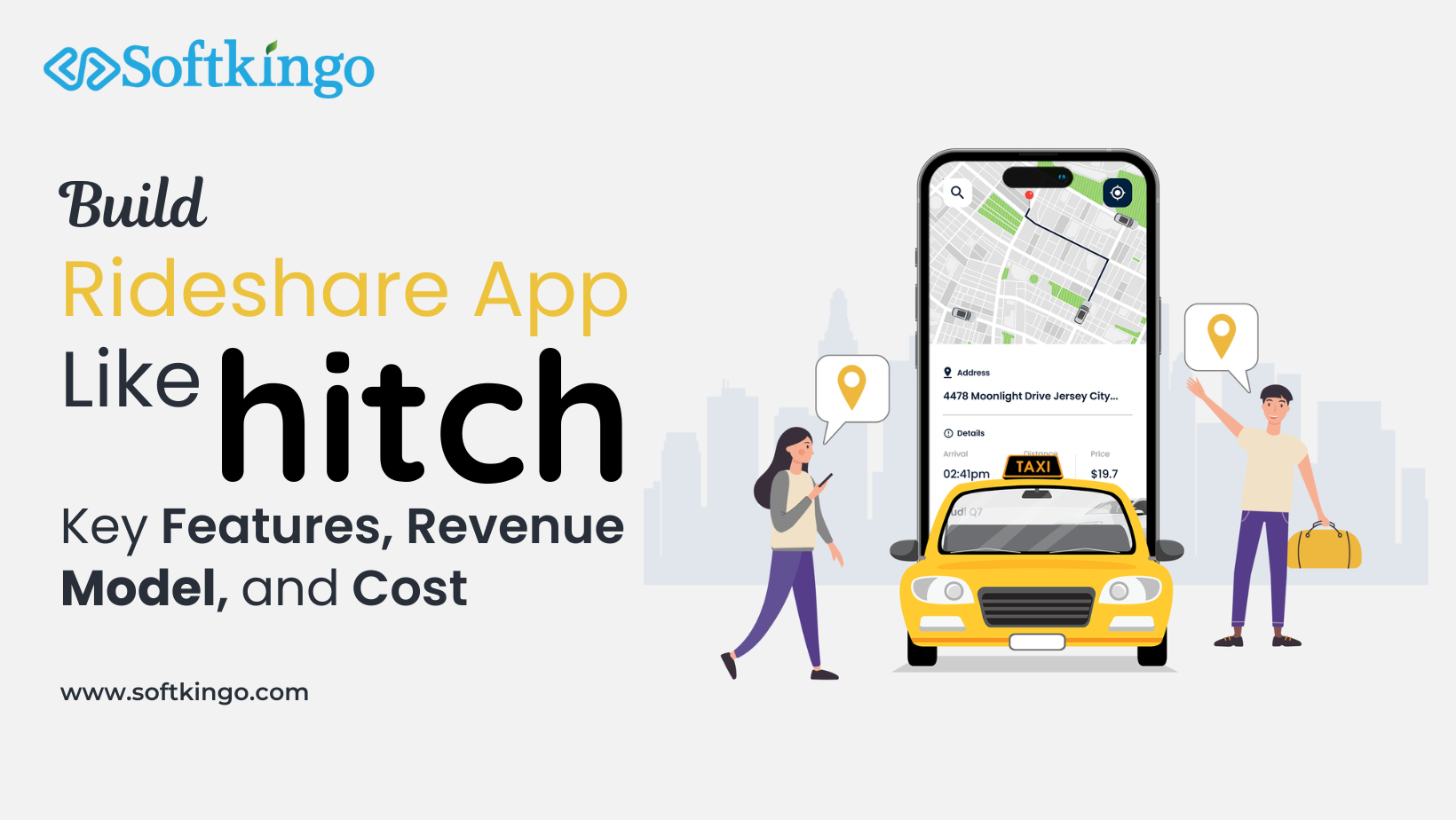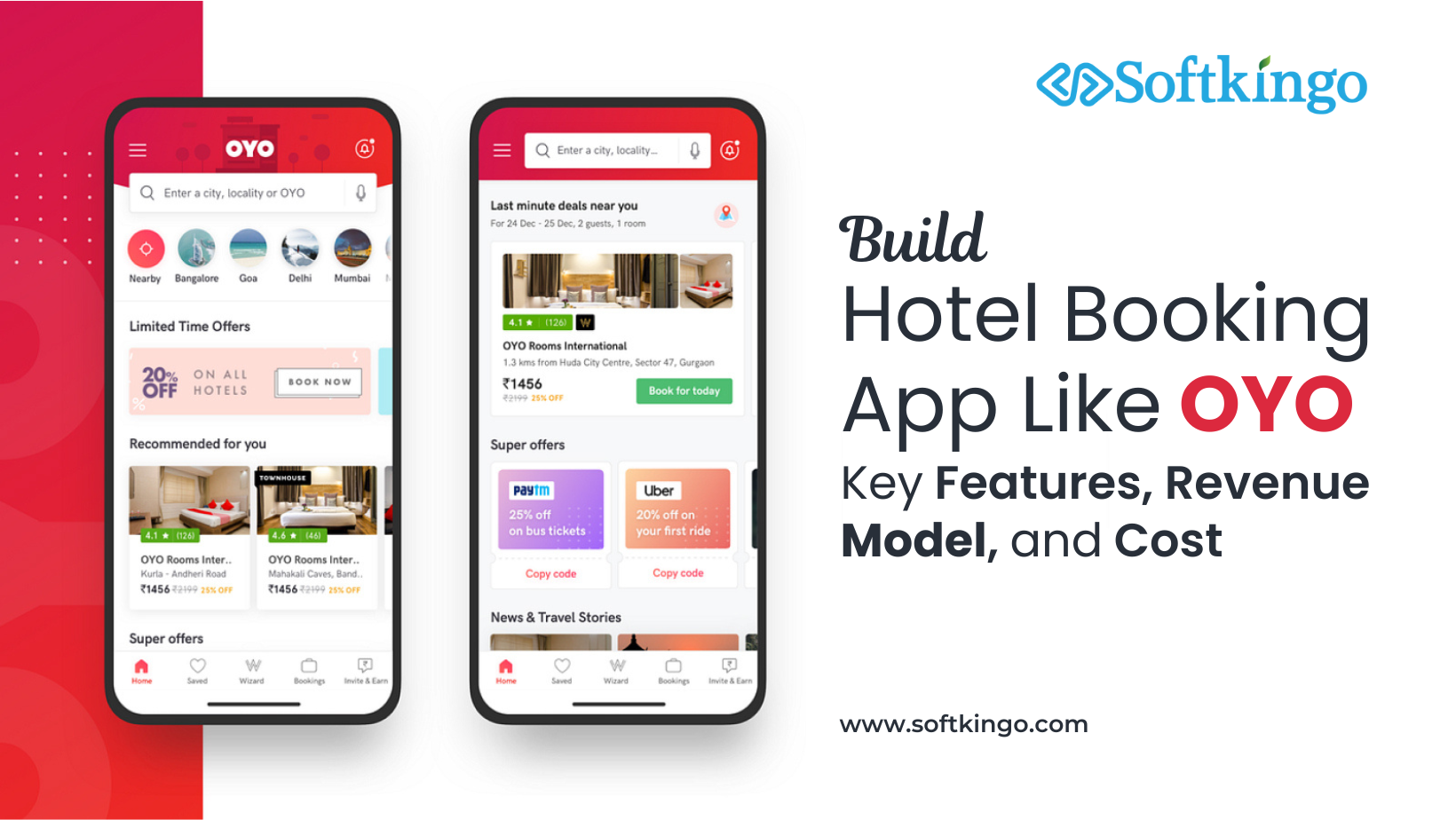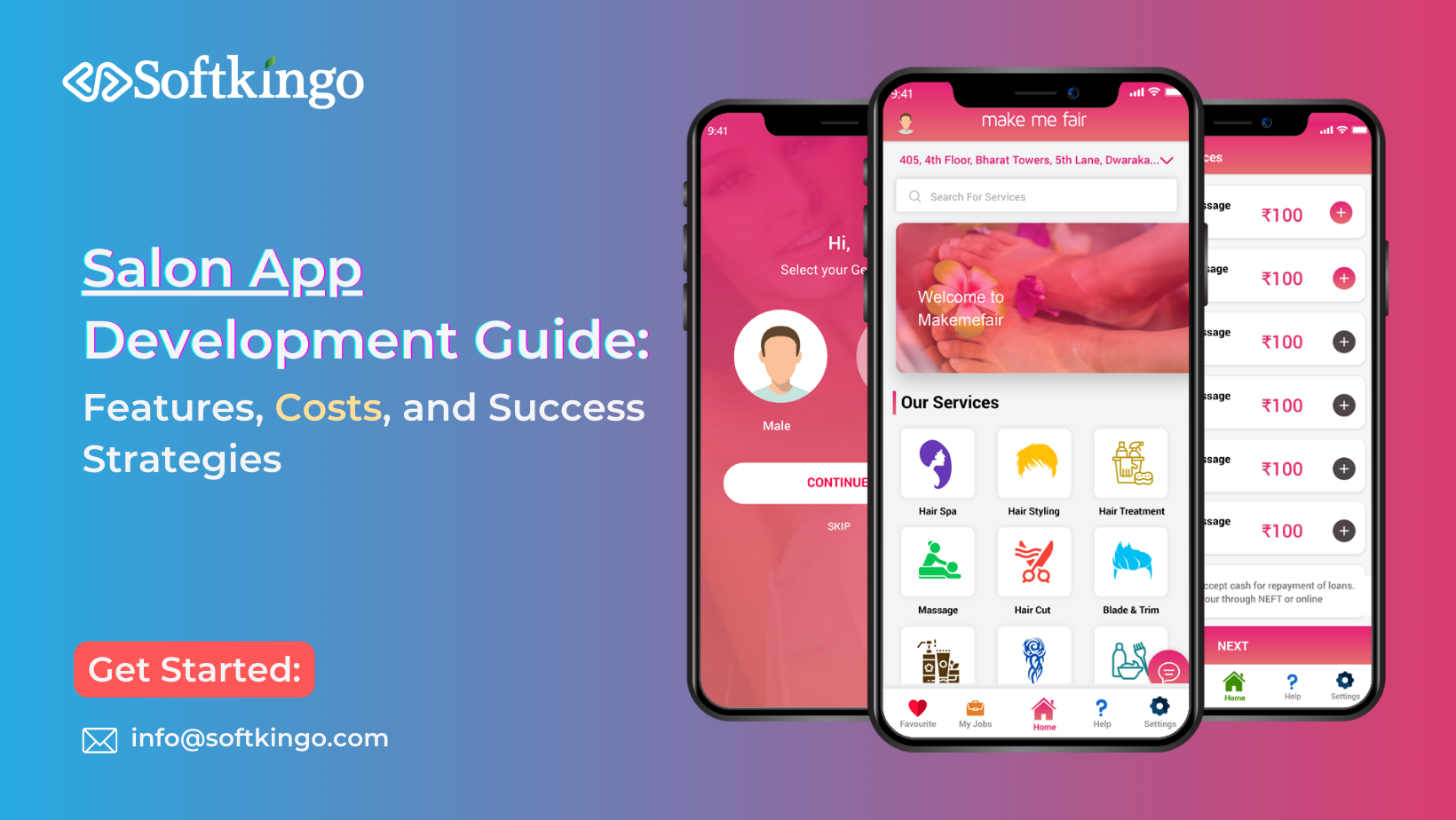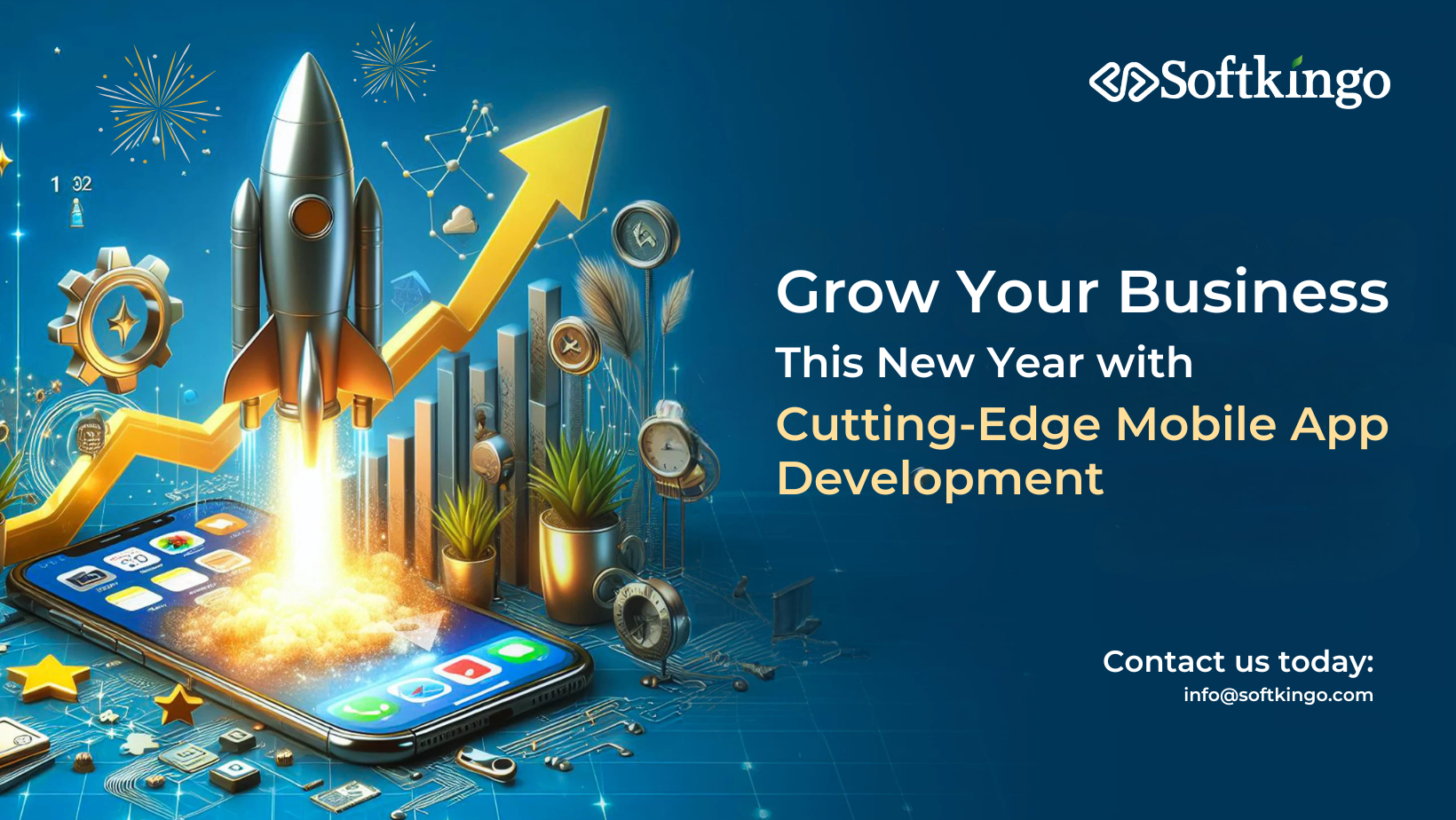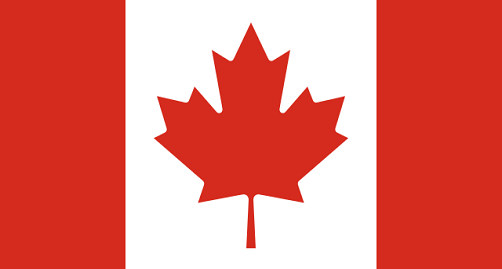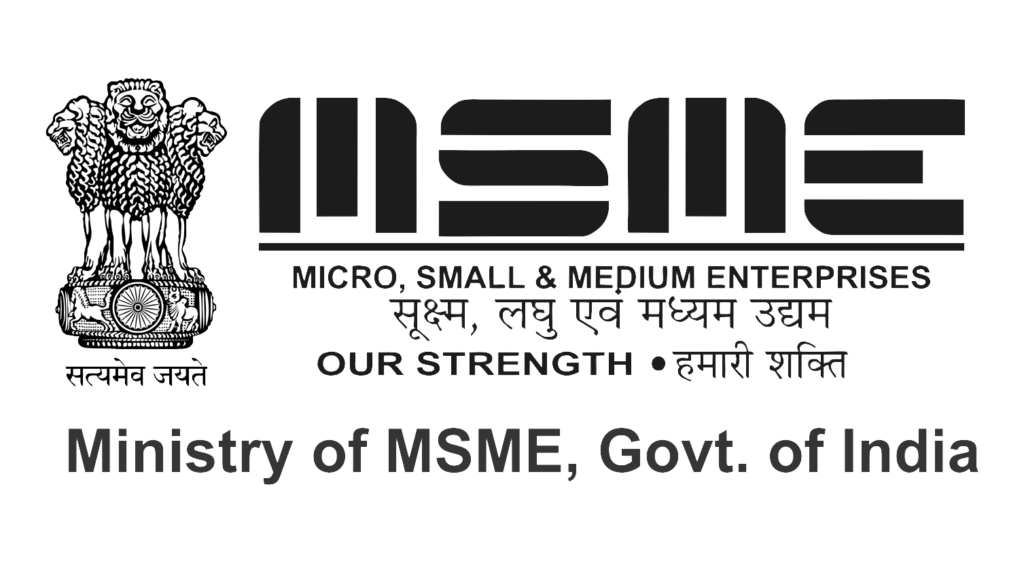Build Your Own Food Delivery App Like KFC: A Comprehensive Guide
The global food delivery industry is expanding rapidly, with projections estimating the market will reach $320 billion by 2029. As consumer preferences shift toward convenience, mobile food delivery apps have become essential. With the rising demand for easy and quick food ordering, it’s no surprise that businesses are looking to capitalize on this trend by building custom food delivery apps.
One of the most successful examples in the food delivery app space is the KFC mobile app, a platform that seamlessly combines user experience with functionality. If you’re considering building an app for your food business, a KFC clone app could be the perfect solution. In this detailed guide, we’ll walk you through the process of building an app like KFC, discuss key features, and explain why this strategy can bring significant benefits to your business.
Why Build an App Like KFC?
KFC, one of the largest fast-food chains globally, has embraced technology to enhance its customer service and streamline operations. The KFC app allows customers to order food, track deliveries, pay securely, and enjoy various promotions—all from their smartphones. This convenience-driven model not only strengthens KFC’s customer base but also gives it a competitive edge in the fast-food industry.
Creating an app like KFC offers numerous advantages, such as:
- Increased customer convenience: Users can browse menus, place orders, and track delivery times—all from their mobile devices.
- Brand visibility: A dedicated app improves brand recognition, as customers frequently interact with your business via the platform.
- Better customer engagement: With features like push notifications and in-app promotions, you can engage users with real-time offers.
- Improved operational efficiency: Automating ordering and payment processes helps streamline your business and minimize human error.
Key Features to Include in Your KFC Clone App
When building an app like KFC, it’s essential to incorporate the right features that deliver a seamless and satisfying user experience. Here are the must-have features for your food delivery app:
1. User-Friendly Interface
A clean, intuitive design is the foundation of any successful app. Customers should be able to navigate the app without confusion. The KFC app excels in this aspect by providing simple navigation, easy-to-read menus, and clear calls to action. Whether users are browsing menu items or checking out, the process should be smooth and efficient.
2. Menu Listings with Customization Options
Like the KFC app, your food delivery platform should allow customers to browse your menu with high-quality images, detailed descriptions, and prices. The menu should also include options for customization (e.g., extra toppings, meal sizes, or special requests). A customizable menu enhances customer satisfaction, as they can tailor their orders to their preferences.
3. Real-Time Order Tracking
Real-time order tracking is one of the most important features of a food delivery app. Customers want to know exactly when their food will arrive, and an accurate tracking system provides them with updates from the moment they place the order until it’s delivered. By integrating a GPS-based tracking system, customers can track the progress of their delivery in real time.
4. Secure Payment Gateway
Your app should support multiple payment methods, including credit/debit cards, mobile wallets, and cash on delivery. Ensuring that payment transactions are secure is crucial to maintaining customer trust. A secure payment gateway ensures that users’ sensitive data is protected during the transaction process.
5. Push Notifications
Push notifications are an excellent way to keep your customers engaged. Whether it’s promoting a new item on the menu, offering a discount, or informing them about order status, notifications allow you to communicate directly with your users. In the KFC app, push notifications help keep customers informed and encourage them to make repeat purchases.
6. Order History and Repeat Orders
Allow users to access their order history and place repeat orders with a single tap. This feature can boost user retention by making it easy for customers to reorder their favorite meals. The KFC app includes a quick reorder function that simplifies the process for frequent customers.
7. Loyalty Programs and Rewards
Building customer loyalty is essential in the food delivery industry. Offering loyalty rewards, discounts, or a points-based system can help retain customers and encourage repeat business. For instance, after a certain number of orders, users can earn discounts or free delivery. Implementing a loyalty program can increase customer satisfaction and drive long-term engagement.
8. Ratings and Reviews
Allow customers to leave feedback on their orders to improve service quality. Reviews and ratings help establish credibility and give you valuable insights into customer preferences. The KFC app includes a simple rating system that allows users to rate food items and share their experiences.
9. Search and Filter Options
A robust search and filter feature makes it easier for users to find what they’re looking for on the menu. Whether customers are looking for vegetarian options, beverages, or meal deals, an efficient search and filter tool saves time and enhances the app’s usability.
10. Delivery Scheduling
Customers may want to schedule deliveries at a specific time, especially for parties or events. Offering a delivery scheduling option allows users to plan their meals in advance. This feature adds flexibility and convenience, making your app more appealing to busy customers.
Steps to Build Your KFC Clone App
Now that you understand the key features, let’s break down the steps to build a food delivery app like KFC:
1. Define Your Business Model
Before diving into development, you need to define your business model. Are you focusing on a specific type of food, or will your app offer a wide range of options? Consider whether you want to offer in-house delivery, partner with third-party services, or operate a hybrid model. A clear business model will guide your app’s design and functionality.
2. Choose the Right Technology Stack
Selecting the right technology stack is crucial for building a robust and scalable app. You’ll need a reliable back-end system, a user-friendly front-end interface, and seamless integrations with payment processors, delivery tracking, and push notifications. You’ll also need to decide whether you want to build a native app (for iOS and Android) or a cross-platform solution.
3. Design the UI/UX
The design of your app should focus on user experience (UX) and user interface (UI). Work with experienced designers to create a clean, attractive, and intuitive interface that makes it easy for customers to place orders, browse menus, and complete transactions. A well-designed app helps build trust and ensures customer satisfaction.
4. App Development
Once you’ve defined your features, business model, and design, it’s time to start developing the app. This is the most technical step in the process and involves writing code, integrating third-party services, and setting up the back-end infrastructure. Choose a skilled development team that has experience building food delivery apps.
5. Testing and Quality Assurance
Before launching your app, it’s crucial to test it thoroughly. Run multiple tests to identify and resolve bugs, check performance, and ensure that all features are functioning properly. User testing is also valuable at this stage to gain feedback and make necessary improvements.
6. Launch and Marketing
Once your app is ready, it’s time to launch it on the App Store and Google Play. Marketing plays a critical role in the success of your app. Use various strategies such as social media promotions, influencer marketing, and SEO to drive traffic and attract users to your app. Offering incentives like discounts or free delivery for first-time users can also help boost initial downloads.
7. Monitor and Improve
After launching the app, continuously monitor its performance, gather user feedback, and make updates or improvements based on the data you collect. Regular updates can fix bugs, add new features, and keep the app running smoothly.
The Bottom Line: Is Building an App Like KFC Worth It?
Building an app like KFC can be a game-changer for your food delivery business. With the right features, seamless user experience, and a robust technology stack, you can create an app that attracts customers, increases sales, and enhances brand visibility. Whether you’re a small business or a large restaurant chain, investing in a custom food delivery app will position you for long-term success in a rapidly growing industry.
If you’re ready to create your own app like KFC, it’s essential to work with a skilled app development team that can bring your vision to life. At Softkingo, we specialize in custom mobile app development and can help you build a powerful and effective food delivery app tailored to your business needs.
Contact us today to get started on building your food delivery app and take your business to new heights!
Frequently Asked Questions (FAQs)
Q1. Which technology stack should I use to build an app like KFC?
To build an app like KFC, you should choose a reliable and scalable technology stack. For the mobile app development, use languages such as Swift for iOS and Kotlin for Android. For backend development, consider frameworks like Node.js or Django, depending on your preferences and project needs. Additionally, cloud services like AWS or Google Cloud are commonly used to handle hosting, storage, and scalability.
Q2. How long does it take to build an app like KFC?
The time required to build an app like KFC typically ranges from 4 to 6 months or more. The exact duration depends on the complexity of features, design, and the development process. Advanced features like real-time tracking, payment integration, or customized UI can extend the timeline.
Q3. How much does it cost to develop an app like KFC?
Developing an app similar to KFC can cost anywhere from $20,000 to $120,000 or higher. The total cost is influenced by various factors such as the complexity of the app, required features, design elements, and the size and location of the development team. Customization, security features, and integrations (e.g., payment gateways, geolocation) will also impact the overall cost.
Q4. What legal regulations should I follow for developing an app like KFC?
When developing an app like KFC, it’s essential to comply with various legal regulations, especially concerning data privacy and user protection. Laws such as the General Data Protection Regulation (GDPR) in Europe and the California Consumer Privacy Act (CCPA) in California should be followed to ensure compliance. You should also adhere to industry standards for handling payments, such as PCI-DSS for secure transactions, and obtain the necessary licenses for operating a food delivery service.
Q5. How can I ensure a smooth user experience for my app?
To ensure a smooth user experience (UX), focus on intuitive navigation, a clean interface, and quick response times. Conduct thorough testing on multiple devices and optimize your app’s performance to handle heavy traffic. In addition, providing features like easy order tracking, personalized recommendations, and a seamless checkout process will enhance user satisfaction.
Q6. How can I handle the scalability of my app?
To ensure scalability, use a cloud-based infrastructure like AWS or Google Cloud, which offers the flexibility to scale resources as needed. Implementing microservices architecture and ensuring that your backend is optimized for load balancing can help accommodate more users and increased traffic as your app grows.
Q7. Should I include a payment gateway in my app?
Yes, integrating a secure and reliable payment gateway is crucial for an app like KFC. You can use popular payment solutions such as Stripe, PayPal, or others that support a wide range of payment methods, including credit/debit cards, mobile wallets, and other local payment options. Ensure that your payment gateway is PCI-DSS compliant for secure transactions.
Q8. What features should my app have to compete with other food delivery apps?
To stand out in the competitive food delivery industry, consider including features such as:
- Real-time order tracking
- Push notifications for promotions and order updates
- User profiles for personalized recommendations
- Multiple payment options
- Loyalty programs or discounts
- Easy-to-use menu with customization options
- Integration with maps for delivery tracking
- Customer support chat or help center.
By focusing on customer-centric features and maintaining a high standard of service, your app can provide a great user experience that encourages repeat business.
Q9. Do I need to create a backend for my app?
Yes, you will need a backend to manage the app’s data, users, orders, and inventory. The backend will handle tasks like storing customer data, processing orders, managing payment information, and sending notifications. You can use a backend-as-a-service platform or build a custom backend with tools like Node.js, Django, or Ruby on Rails depending on your app’s requirements.
Paramhans Singh is the Director of Operations at Softkingo Technologies, bringing over 8 years of experience in delivering custom software solutions that help startups and enterprises achieve their business goals. He has successfully validated more than 220 app and website ideas and delivered over 100 tailored solutions, utilizing a range of technologies such as Swift, Kotlin, React Native, Flutter, PHP, RoR, IoT, AI, NFC, AR/VR, Blockchain, and NFTs.





